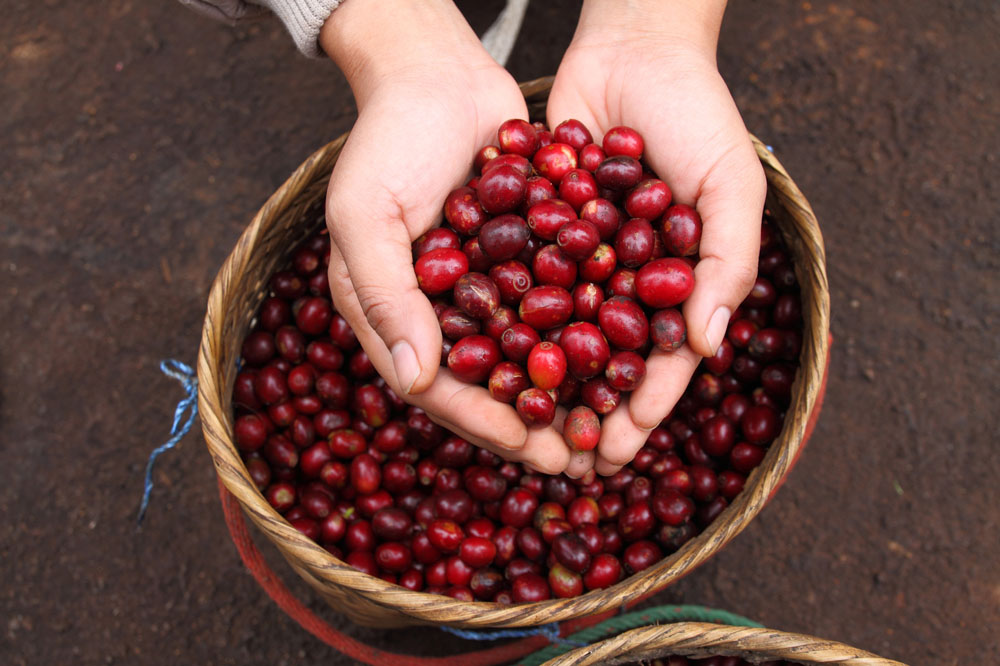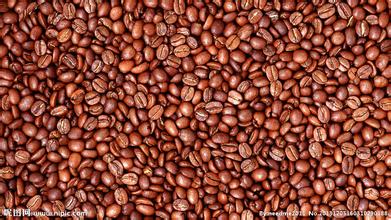Detailed introduction of coffee beans: what is Fairtrade coffee? Probe into the cause of Fair Trade Coffee

Coffee training-Fair Trade (Fairtrade) Coffee has become a familiar sight in supermarkets and cafes in the UK. Its motives are laudable because it guarantees a minimum price for coffee growers, and it would be ruthless to object to giving them a better price-coffee with the Fairtrade logo sold £117 million in the UK in 2007.
Harriet Lamb, executive director of the Fairtrade Fund in the UK, said: "Fairtrade's partnership with Starbucks is good news for growers and coffee lovers and will awaken the entire industry." But in the coffee industry, there are still many people who are convinced that Fairtrade has failed to solve growers' problems. The crux of the problem is that by selling coffee under a fair trade model, growers face risks in distant commodity markets. A fair trade contract ensures that the grower's income reaches at least the minimum price set by the International Fair Trade labelling Organization. If the market price is higher than the guaranteed price, growers will get a higher price, plus a 10-cent premium on Fairtrade coffee.
It is not surprising that coffee growers are good at the market; small growers listen to the latest news on hand radios, while for big farmers, BlackBerrys are ubiquitous, just like anywhere else in the business world.
Above the DR Wakefield & Co office in Southwark, south London, two high-hanging screens show the latest developments on the New York and London exchanges. The company is the leading importer of Fairtrade coffee in the UK, and managing director Simon Wakefield grew up in a family business. He visited his first coffee plantation at the age of six and was proud of Fairtrade coffee's rise from a humble product to the mainstream market.
Fairtrade is not the only label on the market. Other "certified coffee" are organically grown coffee and beans certified by the Rainforest Alliance, a program designed to protect the environment. Sales of certified coffee now account for 70 per cent of DR Wakefield's turnover. DR Wakefield believes that disadvantaged farmers can benefit from the Fairtrade premium, and there is a lot of sporadic evidence in favor of the plan.
But Wakefield took the market report and said, "wouldn't it be nice if some news about coffee affected the coffee market?" The volatility of commodity markets has always been a check on the Fairtrade label.
Some coffee experts believe that coffee drinkers must be educated in the future. We are used to buying Fairtrade coffee because it is the "right" thing to do without considering the quality. The next step may be to encourage us to buy and taste coffee, just as we buy red wine-find specific planting sites and growers, and learn to taste the differences. The idea will help create a better and more sustainable business model for growers, encourage them to provide quality coffee and build supply chains to generate premiums and avoid uncertainty in commodity markets.
One of the leaders of this new business model is a former commodities trader. Stephen Hearst was executive head of coffee trading at Goldman Sachs for 11 years. He left the commodity market by setting up Mercanta, a coffee import company, in 1996. Mercanta's goal is to provide professional coffee roasters with coffee beans obtained directly from growers. What he trades is the top 2% to 3% of coffee production, emphasizing the long-term purchasing relationship-and crucially-the price paid is linked to the quality of the product. Last year, the average price paid by Mercanta for the origin, grade and variety of coffee exceeded the Fairtrade price baseline by 20 per cent.
Hirst is an enthusiastic advocate of the "perfect cup of coffee" ("Cup of Excellence") competition. The competition began in 1999 and is currently held in nine coffee-producing countries from Brazil to Rwanda. Growers submit their best products to be tasted by an international professional jury (technically referred to as "cup test"). The winning product is then auctioned on the Internet, where the price will be very high (usually more than 10 times the guaranteed price of fair trade-the top product auctioned in Guatemala in 2008, sold at 75 times the price of the commodity market at that time).
Simon Wakefield is skeptical of the detailed tasting instructions attached to the auction of "the perfect cup of coffee": "this is a smart marketing method." But after the coffee beans are roasted, ground, stored on someone's kitchen cupboard, made into coffee, added milk and sugar, can you really tell me that you can taste the difference? "
Currently, there are only a few places where interested coffee drinkers can start self-education, the most famous being Monmouth Coffee Company, which has two branches in London's Covent Garden and Borrow Market.
A J Kinnell, a coffee buyer at Monmouth, firmly believes that special roasters don't have to be elite. "if you spend an hour in the store, you will see all kinds of people coming in and out," she said. People come to us because they like the taste of coffee. " This is still a minority interest, but it is enjoyable. In the busy Monmouth store in Boluo Market, you can taste several kinds of coffee at a time and then buy your favorite coffee beans to take home.
Source: wave Coffee College
Important Notice :
前街咖啡 FrontStreet Coffee has moved to new addredd:
FrontStreet Coffee Address: 315,Donghua East Road,GuangZhou
Tel:020 38364473
- Prev

Coffee beans come in different shapes: what are flat beans, round beans and elephant beans?
Coffee knowledge: some berries contain only one seed (for unknown reasons), which takes up the internal space of the entire berry and looks like two smaller flat beans stick together; this kind of bean, which we call peaberry, often appears on the tops of young coffee trees. Usually we buy coffee beans, one side is flat, there is a crack on it, these are the two coffee cherries
- Next

Key points of knowledge of coffee beans: how to choose fresh coffee beans? What's the difference between different-looking coffee?
The difference between the taste of large coffee beans and small coffee beans for the same kind of coffee, the bigger the beans are, the higher the grade is, the smaller the beans are, the lower the grades are, and the cheaper they are. Of course, there are differences in taste. The bigger the beans, the stronger the coffee. However, in addition to high-grade products, the classification of other coffee is not very strict, for example, the central grade beans can account for 60%. Then it's bigger than this level.
Related
- Guji coffee producing area of Guji, Ethiopia: Humbela, Shakiso, Wulaga
- What is the most expensive variety of Qiloso in BOP multi-variety group?
- How to store the coffee beans bought home?
- Why are Yemeni coffee beans so rare now?
- Ethiopian Sidamo all Red Fruit Sun Sun Santa Vini Coffee beans
- SOE is mostly sour? What does it mean? Is it a single bean? what's the difference between it and Italian blending?
- Is Italian coffee beans suitable for making hand-brewed coffee?
- How to choose coffee beans when making cold coffee? What kind of coffee beans are suitable for making cold coffee?
- Just entered the pit to make coffee, what kind of coffee beans should be chosen?
- Can only Japan buy real Blue Mountain Coffee? What are authentic Jamaican Blue Mountain coffee beans?

